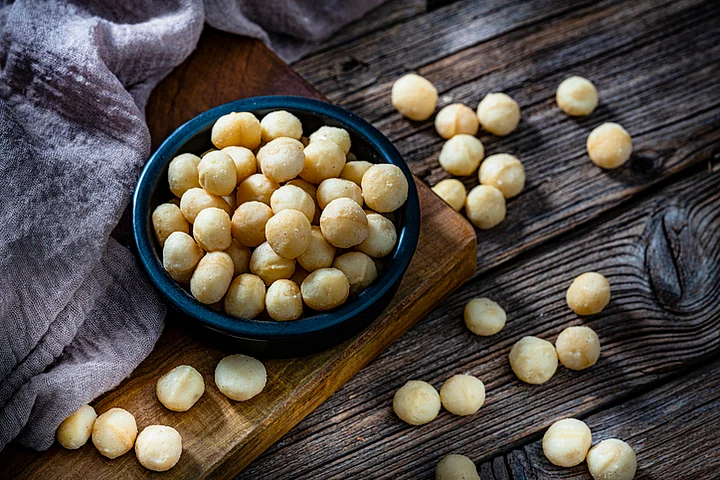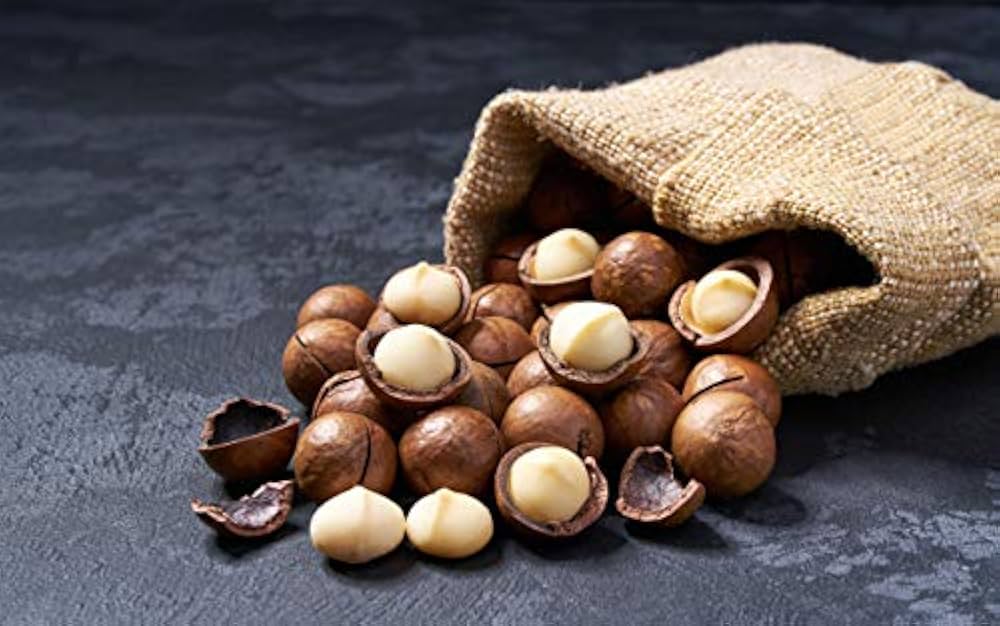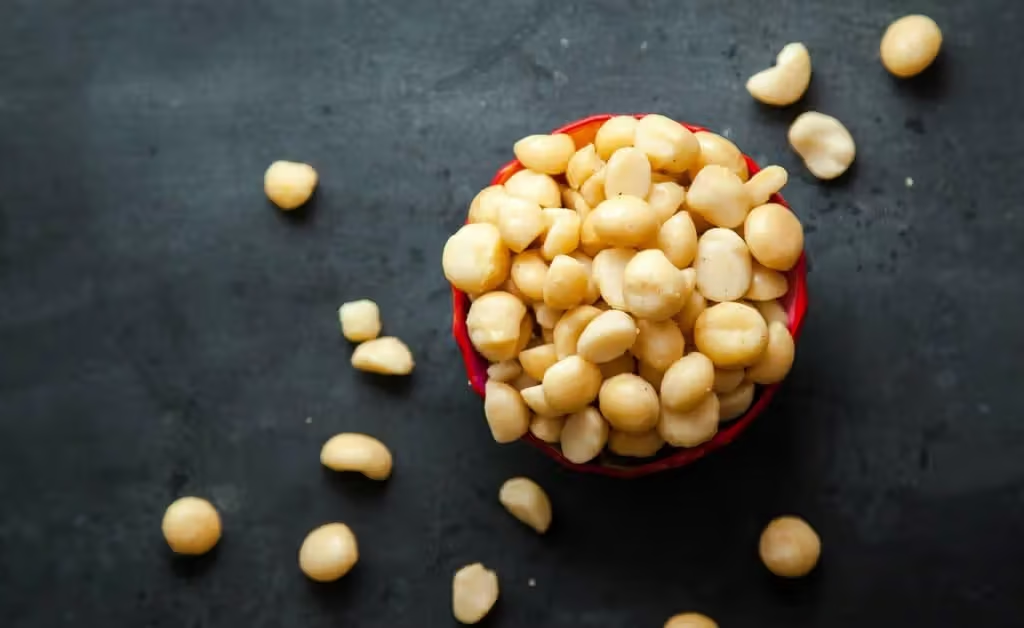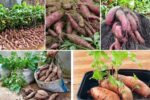Macadamia nuts, known for their rich, buttery flavor and exceptional nutritional value, have become one of the most sought-after tree nuts globally. Native to Australia, these nuts are cultivated in several regions worldwide due to their high market demand, especially in the food, snack, cosmetic, and health industries. As the macadamia nut industry continues to expand, one question arises prominently: Which country leads the world in macadamia production?
This article explores the leading country in macadamia nut production, backed by current statistics, production trends, economic impact, export data, and future prospects—providing a comprehensive understanding for academic and industry reference.
Historical Overview of Macadamia Cultivation

Originally found in the rainforests of northeastern Australia, macadamia trees were first commercialized in the 19th century. Indigenous Australians consumed these nuts for centuries before they were scientifically categorized and cultivated commercially. Interestingly, while Australia was the birthplace of macadamias, commercial production did not reach global scale until the industry spread to other tropical and subtropical regions such as Hawaii, South Africa, and Kenya.
The Largest Macadamia Producer: South Africa

According to the most recent data from the International Nut and Dried Fruit Council (INC) and Food and Agriculture Organization (FAO), South Africa is currently the largest producer of macadamia nuts in the world.
Key Production Statistics (2023–2024 Estimates):
- Annual Production: Over 60,000 metric tons of macadamia nut-in-shell (NIS)
- Share of Global Market: Approximately 30% of the world’s total supply
- Area Under Cultivation: More than 28,000 hectares
- Key Regions: Limpopo, Mpumalanga, KwaZulu-Natal
South Africa has surpassed other traditional producers like Australia and Kenya due to its favorable climate, improved farming practices, and increasing investment in processing infrastructure.
Why South Africa Dominates the Macadamia Industry

1. Favorable Climate and Geography
South Africa’s subtropical regions offer an ideal climate for macadamia trees, which require warm temperatures, high humidity, and well-drained soil. The provinces of Limpopo and Mpumalanga, in particular, provide optimal growing conditions.
2. Advanced Agricultural Practices
South African macadamia farmers use modern orchard management techniques, irrigation systems, and pest control methods. The government and private sector have invested in research and extension services, leading to improved yields and tree health.
3. Strong Export Infrastructure
South Africa exports over 95% of its macadamia nuts, mainly to China, Europe, and the United States. The country has developed efficient processing plants that ensure high-quality kernel production suitable for international standards.
4. Government and Industry Support
The South African Macadamia Growers’ Association (SAMAC) plays a vital role in coordinating research, marketing, and development. With support from governmental agricultural departments, SAMAC provides growers with technical training and market access.
Global Macadamia Production Comparison

| Rank | Country | Annual Production (Metric Tons, NIS) | Market Share (%) |
|---|---|---|---|
| 1 | South Africa | 60,000+ | 30% |
| 2 | Australia | 50,000+ | 25% |
| 3 | Kenya | 30,000+ | 15% |
| 4 | China | 20,000+ | 10% |
| 5 | United States (Hawaii) | 15,000+ | 8% |
While Australia remains a significant player with strong historical relevance and continues to innovate in macadamia breeding and cultivation, it has been overtaken by South Africa in terms of total volume.
Economic Importance of Macadamia Industry in South Africa

The macadamia industry is a major contributor to South Africa’s agricultural exports. It generates over R5 billion (approximately USD 260 million) annually and supports thousands of jobs, particularly in rural areas. The industry has also empowered small-scale and emerging farmers through cooperative models and government grants.
Additionally, the growing demand for vegan-friendly oils, gluten-free snacks, and health foods has further elevated the status of macadamias in the global market, fueling South Africa’s expansion.
Challenges Faced by the Industry
Despite its success, the South African macadamia sector faces several challenges:
- Climate Change: Droughts and erratic rainfall patterns threaten yields and increase water demand.
- Pest and Disease Management: Pests such as stinkbugs and nut borer moths are becoming more resilient.
- Market Volatility: Price fluctuations in global markets can affect farmer incomes.
- Theft and Farm Security: High-value crops like macadamia are increasingly targeted by thieves.
To address these issues, the industry is turning to precision agriculture, remote sensing, and blockchain-based traceability for enhanced farm management and export transparency.
Future Outlook
The global demand for macadamias is expected to grow at a compound annual growth rate (CAGR) of 8–10% over the next five years, driven by:
- Increasing health awareness about good fats and plant-based nutrition
- Growth of premium and organic snack markets
- Expansion of cosmetic and skincare industries using macadamia oil
South Africa is strategically positioned to benefit from this growth due to:
- Expansion of orchards and new plantations
- Government and investor interest
- Improved value chain integration
If current trends continue, South Africa may retain its position as the leading macadamia producer well into the future.
Conclusion
South Africa has emerged as the world’s leading macadamia producer, a remarkable transformation from its early days as a marginal contributor in the global nut market. Through a combination of natural advantages, modern agronomy, strong institutional support, and global market access, the country has taken the lead in both volume and quality.
While Australia, Kenya, and China remain important players, South Africa’s dominance reflects a well-organized and fast-growing agricultural sector. For students, researchers, and entrepreneurs, understanding South Africa’s rise in the macadamia industry offers valuable insights into global agribusiness trends, sustainability, and trade economics.






Leave A Comment